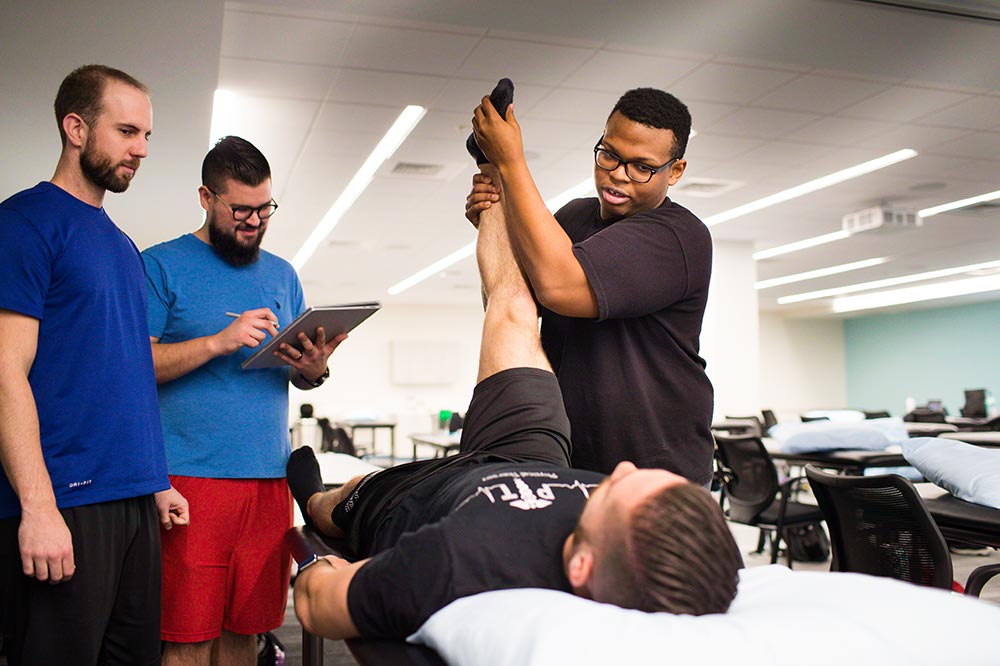3 Physical Therapy Software Functions Physical Therapists Must Have In Their Clinical Practice

As a physical therapist, you must be aware of the fact that physical therapy software can improve your practice. It helps to manage patient records and billing, track progress and performance metrics, and much more. But not all physical therapy software is created equal. The right tools will make your job easier while also increasing revenue by reducing manual work and improving efficiency. With that in mind, here are 4 functions every physical therapy clinic must have in its clinical practice.
Clinic performance reports
Clinical performance reports provide a snapshot of your clinic’s performance and help you identify areas of improvement. They can be used for benchmarking, quality assurance, and continuous improvement. For example, if you notice that one of your therapists is seeing fewer patients than the rest of the team during their shift, then this could be cause for concern—it likely means they are unable to meet their goal of treating X number of patients per day. On the other hand, if they are seeing more patients than expected because they’ve found ways to increase patient flow through the clinic, then this is excellent news.
Billing management
Billing is a critical part of the business, and it’s important to have the right billing software in place. With billing software, you can get paid faster, you can get paid more, and you can avoid mistakes that would slow down your reimbursement process.
Billing is often processed manually by a person who has never seen your patient before or knows nothing about their diagnosis. This means that vital information could be missed or misinterpreted—which leaves you waiting for payments that never come. With a smart practice management system, which includes electronic medical records (EMR), electronic claims submission, and electronic remittance advice (ERA) capabilities with real-time data capture from patients’ insurance cards at each visit you will no longer have lost files or having to resubmit claims due to errors caused by human error.
Patient scheduling and clinical documentation
If you are a physical therapist who has to schedule appointments with patients, your software needs to have scheduling capabilities. You need this function so that when patients call asking for an appointment, you can tell them when their appointment will be and if there are any openings. This helps streamline the patient scheduling process and eliminates the need for phone calls back and forth between you and the patient.
Scheduling software also allows for easy re-scheduling of appointments if necessary. If a patient cancels or changes their appointment due to an illness or emergency, then it is much easier for them to do so using a computer than having someone call them directly on the phone. It also makes sense from an organizational standpoint because it allows all of your scheduled appointments (as well as cancellations) in one place so there’s never any guesswork involved.
Conclusion
There are many more functions in physical therapy software that a physical therapist can benefit from. The tree outlined above is just the tip of the iceberg when it comes to what’s available on the market today. With so many options available, it can be overwhelming to choose one for your clinical practice—but signing up for trials is an excellent way of narrowing the field.











